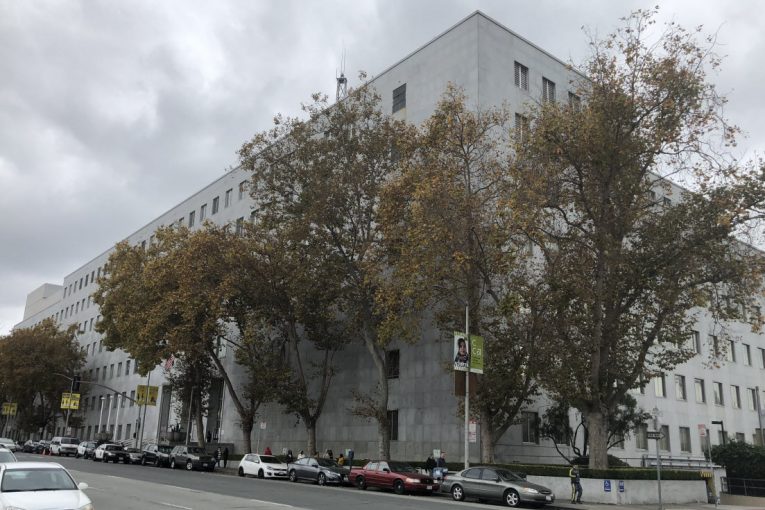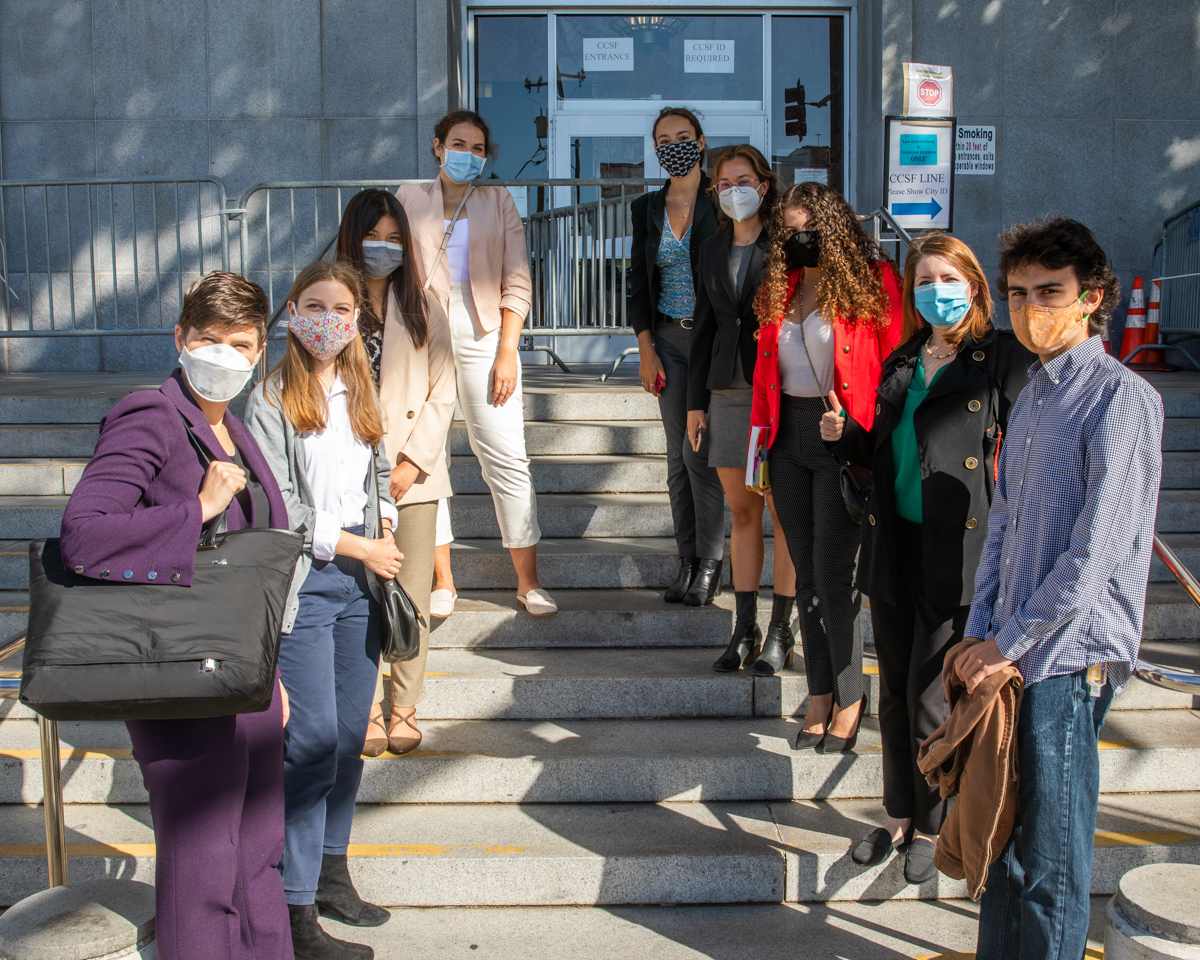

Amy Buitrago Zarabanda and Layla Mustafa
SAN FRANCISCO, CA – Since the outset of COVID-19, San Francisco Superior Court has failed to allow proper courtroom access to the public—unlike superior courts throughout state. It needs to come out of the shadows.
Despite the court’s reference to its YouTube channel broadcasts, there has been a failure to consistently live stream. An alternative to watching live streams is attending court in person. Attending court in person is not an option for many people who are unwilling to risk their lives in the middle of a mass pandemic.
Additionally, when there are live streams present, there are instances where no audio or video accompanies the stream, or there are instances of technical difficulties which effectively end the broadcasting.
Finally, it is important to note that it seems the court is inclined to broadcast only highly publicized cases that would be preferred by larger media outlets, not everyday arraignments, probable cause and other evidentiary hearings that are key to a defendant’s court experience.
The press has a First Amendment right to access court proceedings and records, and provide that information to the general public, which also has a right to witness goings-on inside the courts.
In the following case study, we attempt to determine the level of accessibility within San Francisco’s Superior Court.
To determine whether the SF court has been effective in their live stream access, we monitored the court for approximately one month to ascertain the level of broadcasting consistency. Since the press was referred to the court’s YouTube channel via Judge Loretta Giorgi, our study focused on checking the YouTube video broadcasting.
press was referred to the court’s YouTube channel via Judge Loretta Giorgi, our study focused on checking the YouTube video broadcasting.
Beginning on Feb. 2, and ending on March 8, the court’s YouTube channel was checked by interns four times a day to note if there were any live streams posted on the channel and, if so, what the state of video and audio quality were at the given time.
Live streams were checked every weekday at approximately 9:30 a.m., 10:30 a.m., 1:30 p.m., and 2:30 p.m. These times were chosen as “check-in times” because they are usually the times at which morning and afternoon court sessions tend to begin.
To keep a physical history of our research, we took a screenshot at each check-in. The screenshot depicts a timestamp and date, as well as an overall view of the channel (showing if any live streams are uploaded). These screenshots do not violate any court policy, as they are screenshots of the channel, not of the live court proceeding.
While we do recognize that there are call lines, we did not check them consistently, because we were referred to the YouTube channel for courtroom access.
Over the past 34 days, we checked the YouTube channel a total of 88 times. There were a total of 16 live streams present, with only eight of them having audio and visual. We were able to determine the most prominent cases live-streamed were connected to the Antoine Watson case and Antonio C. Montalvo case.
The Antoine Watson case is highly publicized, and we noticed that some of the court’s live streaming activity appeared to cater toward the media outlets covering the story. For example, during Watson’s bail hearing on March 4, once Watson’s bail was determined, the live stream immediately cut out when the next defendant took the stand.
The public has an implicit right to be able to access the court, and the presence of the press and public over court proceedings is fundamental to our justice system. On the San Francisco Superior Court website, it says, “The Court’s mission is to assure equal access to courtroom proceedings via Public Access Telephone Lines and video streaming, while under COVID-19 emergency restrictions.”
Our study demonstrates that the court has been unsuccessful in its mission toward equal opportunity, by effectively barring the public from accessing the courtroom through ineffective and random video broadcasting.
Therefore, our justice system is operating in the shadows and away from the watchful public eye, risking trial fairness and the very equity they emphasize.
Courtroom access is necessary, not only for the press to effectively report and preserve equal justice, but also for family members to be able to safely support loved ones without having to put their lives at risk by attending court in person.
Sacramento County Superior Court has maintained active and consistent live streams for 344 days. These live streams include trials, arraignment hearings, bail hearings, and even traffic court—indiscriminate of the level of prominence in the press.
It is, and has been, very concerning that San Francisco has failed to reach this level of transparency and accessibility as of yet. It cannot be because of technology ineptness, because other superior courts around the state—not just Sacramento—provide the public access daily.
San Francisco must begin to live stream all courtroom proceedings and make them accessible to the public.
Our study demonstrates that San Francisco’s broadcasting has been ineffective, and, in an effort towards equity and to truly “assure equal access,” San Francisco Superior Court must come out of the shadows and greatly expand the tiny number of live streams it presents now.

To sign up for our new newsletter – Everyday Injustice – https://tinyurl.com/yyultcf9
Support our work – to become a sustaining at $5 – $10- $25 per month hit the link:




